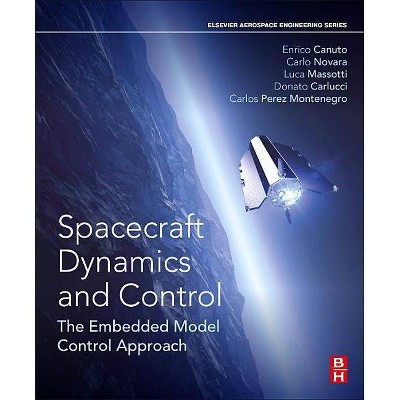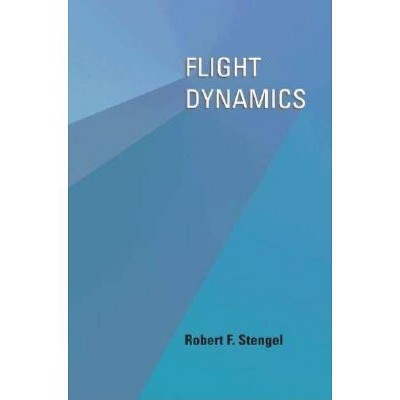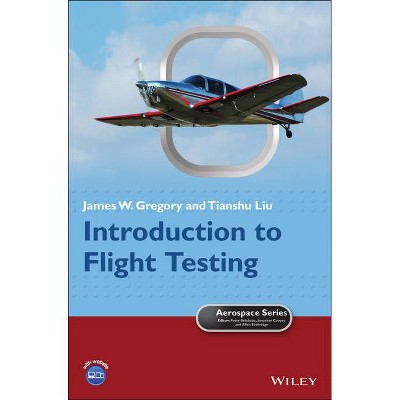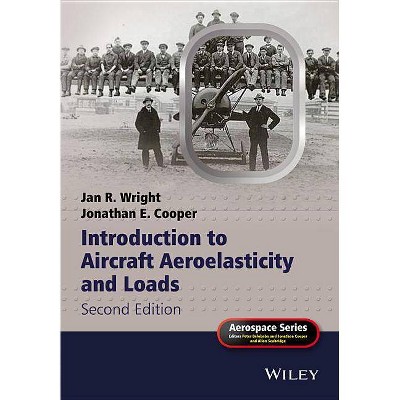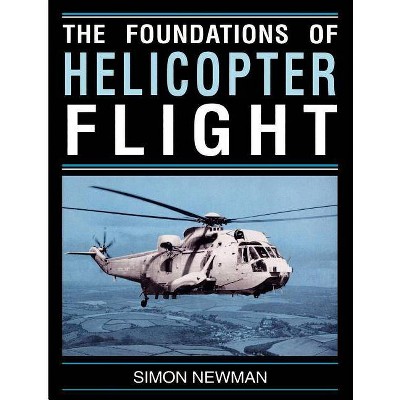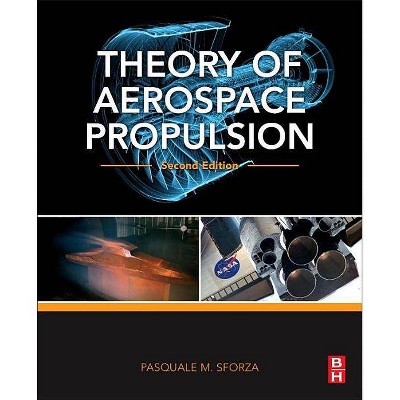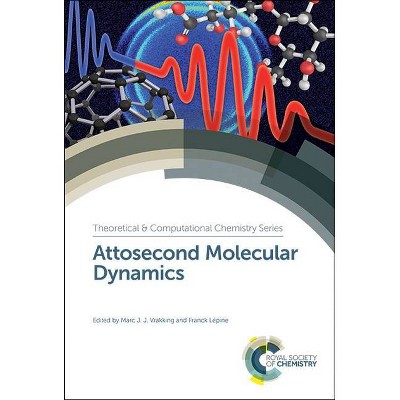Helicopter Flight Dynamics - (Aerospace) 3rd Edition by Gareth D Padfield (Hardcover)
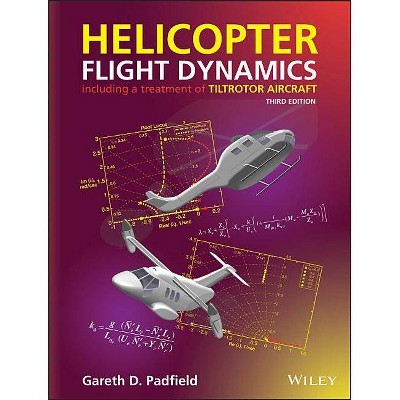
Similar Products
Products of same category from the store
AllProduct info
<p/><br></br><p><b> About the Book </b></p></br></br>"Sales handles - Significantly updated new edition with two new chapters covering flight dynamics of tilt rotor aircraft and the historical developments of rotorcraft HQs - Provides a comprehensive treatment of helicopter flight dynamics, covering the theoretical background to the dynamics of helicopter flight, the development of handling criteria and new flight test techniques - Covers the theory and application of flying qualities and simulation modelling - Includes case studies and recent applications Market description (Please include secondary markets) Tier 5/ P&R Primary: Aerospace engineers. Secondary: Graduate and senior undergraduate students in aerospace engineering, government"--<p/><br></br><p><b> Book Synopsis </b></p></br></br><p><b>The Book</b></p> <p>The behaviour of helicopters and tiltrotor aircraft is so complex that understanding the physical mechanisms at work in trim, stability and response, and thus the prediction of Flying Qualities, requires a framework of analytical and numerical modelling and simulation. Good Flying Qualities are vital for ensuring that mission performance is achievable with safety and, in the first and second editions of Helicopter Flight Dynamics, a comprehensive treatment of design criteria was presented, relating to both normal and degraded Flying Qualities. Fully embracing the consequences of Degraded Flying Qualities during the design phase will contribute positively to safety. In this third edition, two new Chapters are included. Chapter 9 takes the reader on a journey from the origins of the story of Flying Qualities, tracing key contributions to the developing maturity and to the current position. Chapter 10 provides a comprehensive treatment of the Flight Dynamics of tiltrotor aircraft; informed by research activities and the limited data on operational aircraft. Many of the unique behavioural characteristics of tiltrotors are revealed for the first time in this book. </p> <p>The accurate prediction and assessment of Flying Qualities draws on the modelling and simulation discipline on the one hand and testing practice on the other. Checking predictions in flight requires clearly defined mission tasks, derived from realistic performance requirements. High fidelity simulations also form the basis for the design of stability and control augmentation systems, essential for conferring Level 1 Flying Qualities. The integrated description of flight dynamic modelling, simulation and flying qualities of rotorcraft forms the subject of this book, which will be of interest to engineers practising and honing their skills in research laboratories, academia and manufacturing industries, test pilots and flight test engineers, and as a reference for graduate and postgraduate students in aerospace engineering.</p><p/><br></br><p><b> From the Back Cover </b></p></br></br><p><b>The Book</b> <p>The behaviour of helicopters and tiltrotor aircraft is so complex that understanding the physical mechanisms at work in trim, stability and response, and thus the prediction of Flying Qualities, requires a framework of analytical and numerical modelling and simulation. Good Flying Qualities are vital for ensuring that mission performance is achievable with safety and, in the first and second editions of Helicopter Flight Dynamics, a comprehensive treatment of design criteria was presented, relating to both normal and degraded Flying Qualities. Fully embracing the consequences of Degraded Flying Qualities during the design phase will contribute positively to safety. In this third edition, two new Chapters are included. Chapter 9 takes the reader on a journey from the origins of the story of Flying Qualities, tracing key contributions to the developing maturity and to the current position. Chapter 10 provides a comprehensive treatment of the Flight Dynamics of tiltrotor aircraft; informed by research activities and the limited data on operational aircraft. Many of the unique behavioural characteristics of tiltrotors are revealed for the first time in this book. <p>The accurate prediction and assessment of Flying Qualities draws on the modelling and simulation discipline on the one hand and testing practice on the other. Checking predictions in flight requires clearly defined mission tasks, derived from realistic performance requirements. High fidelity simulations also form the basis for the design of stability and control augmentation systems, essential for conferring Level 1 Flying Qualities. The integrated description of flight dynamic modelling, simulation and flying qualities of rotorcraft forms the subject of this book, which will be of interest to engineers practising and honing their skills in research laboratories, academia and manufacturing industries, test pilots and flight test engineers, and as a reference for graduate and postgraduate students in aerospace engineering.<p/><br></br><p><b> About the Author </b></p></br></br><p><b>The Author</b> <p>The wonder of flight, and things that flew, led Gareth Padfield to study aeronautical engineering at the University of London, and later learning to fly both aeroplanes and helicopters. His career has been spent in the aviation industry, government research and in academia and has involved all aspects of flight dynamics - flight testing, modelling and simulation, flying qualities and flight control. He has held senior management and leadership roles in Government service (Chief Rotorcraft Scientist) and Academia (Head of School of Engineering) and has always endeavoured to keep his technical skills active as a practitioner. <p>Gareth's current role is Emeritus Professor of Aerospace Engineering at The University of Liverpool where he supports staff and students in their endeavours. He also operates a consultancy company, Flight Stability and Control, undertaking a variety of specialist projects for the aviation industry, and delivering short courses in Europe, the USA and the Far East. <p>Gareth Padfield is a Chartered Engineer, a Fellow of the Royal Academy of Engineering and the Royal Aeronautical Society. He is an honorary member of the American Helicopter Society's Modelling and Simulation and Handling Qualities Technical Committees and he has served on the UK's Defence Scientific Advisory Council. <p>While Helicopter Flight Dynamics is primarily for practising engineers, his 'other' book, So You Want to be an Engineer, (ISBN: 978-0-9929017-2-1) is primarily for students and early practitioners; it is available as a pdf on researchgate.net. <p>Gareth is also a musician and songwriter, recognising the close connection between creativity in engineering and creativity in music; both require a mix of disciplined and free thinking that, in the right combination, can work wonders and unmask mysteries.
Price History
Price Archive shows prices from various stores, lets you see history and find the cheapest. There is no actual sale on the website. For all support, inquiry and suggestion messages communication@pricearchive.us
